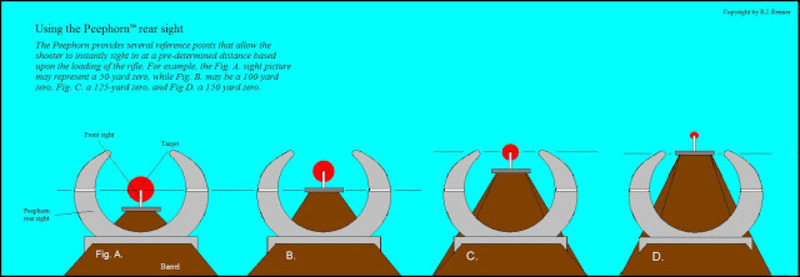- Joined
- Sep 15, 2021
- Messages
- 81
- Reaction score
- 107
Oh, I have a group I shoot with when I can make shoots! They're a great group of guys, and they taught me a whole lot. Even lent me gear and the whole shebang until I bought my own. They taught me so much, and I really am grateful. The problem is I just can't make shoots much anymore because of work.Where are you located? Your profile gives us no clue. There may be someone near where you live that could possibly provide hands on assistance.
They're happy to help when I can make shoots, but I like to learn all I can from other sources as well!
Much appreciated!
EDIT: My location can actually be inferred from my username for those with a love of national pastimes...







